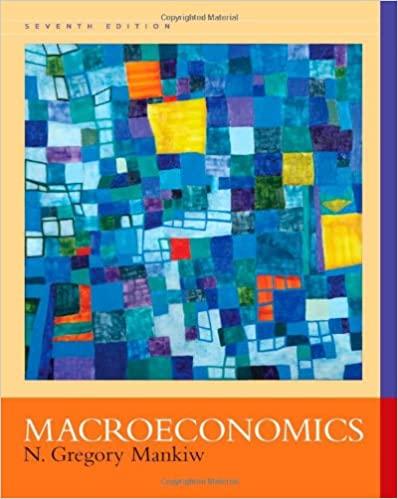6. In Chapter 4, we defined the velocity of money as the ratio of nominal expenditure to...
Question:
6. In Chapter 4, we defined the velocity of money as the ratio of nominal expenditure to the quantity of money. Let’s now use the Baumol–Tobin model to examine what determines velocity.
a. Recalling that average money holdings equal Y/(2N), write velocity as a function of the number of trips to the bank N. Explain your result.
b. Use the formula for the optimal number of trips to express velocity as a function of expenditure Y, the interest rate i, and the cost of a trip to the bank F.
c. What happens to velocity when the interest rate rises? Explain.
d. What happens to velocity when the price level rises? Explain.
e. As the economy grows, what should happen to the velocity of money? (Hint: Think about how economic growth will influence Y and F.)
f. Suppose now that the number of trips to the bank is fixed rather than discretionary. What does this assumption imply about velocity?
Step by Step Answer:







